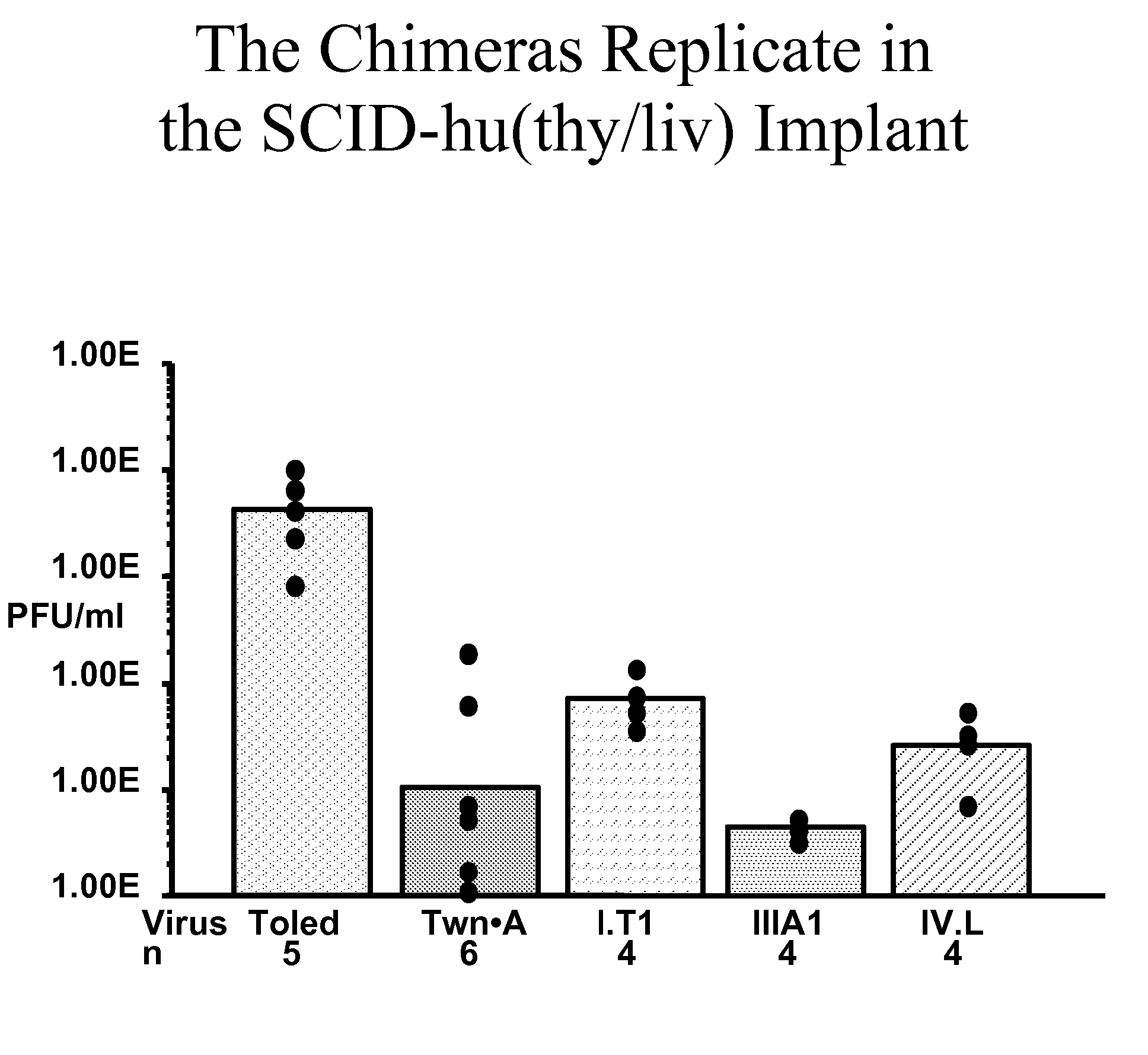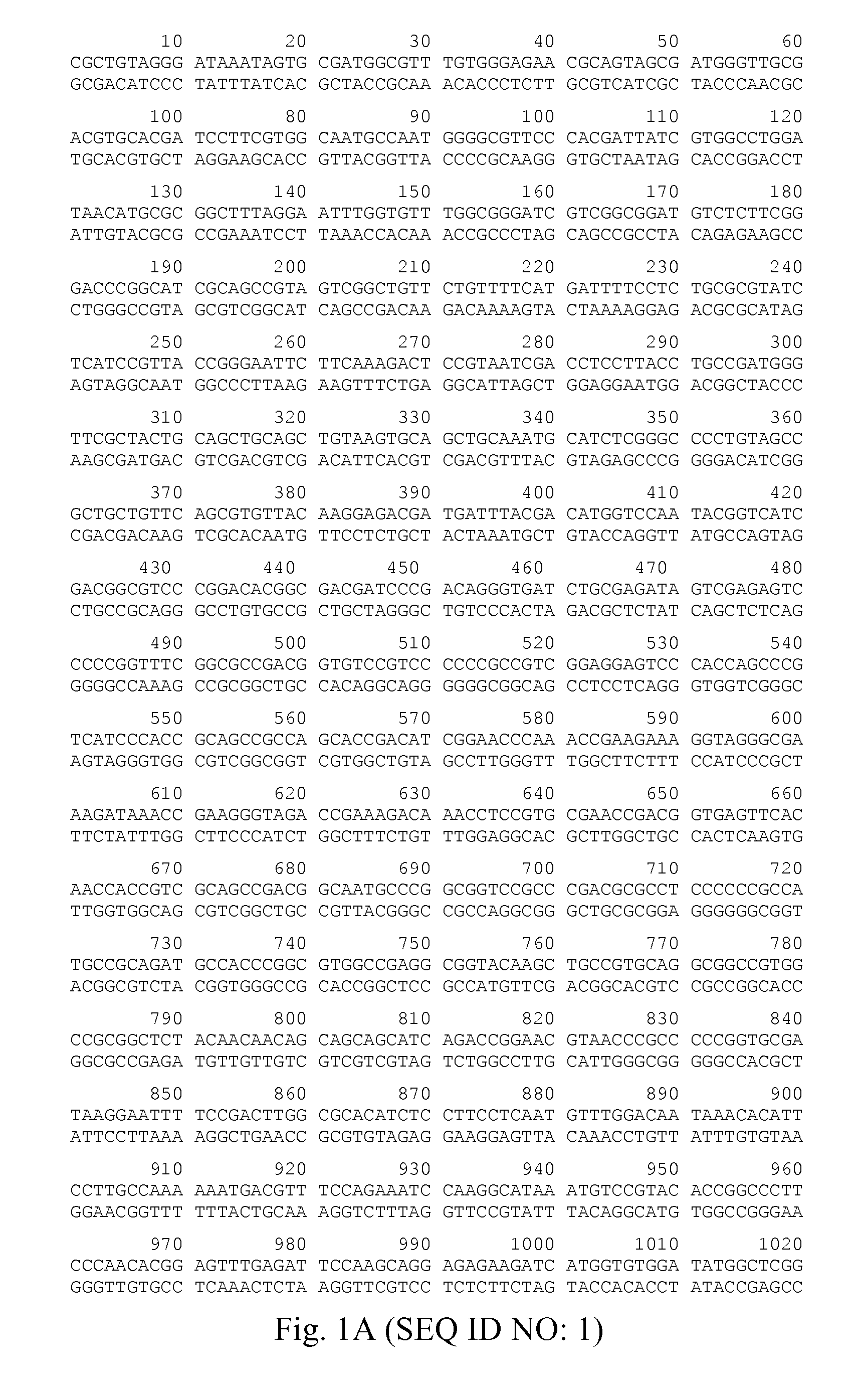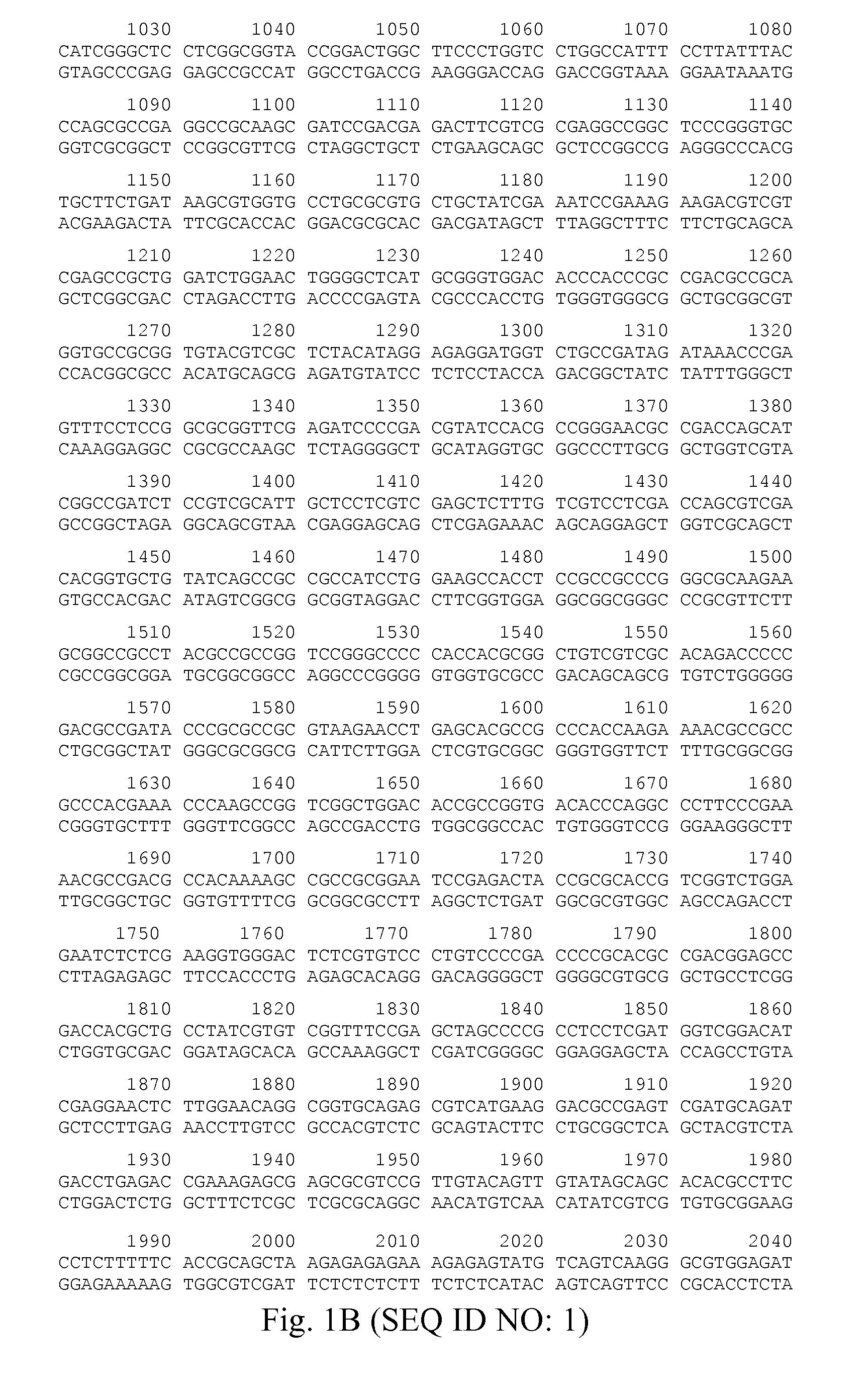Attenuation of cytomegalovirus virulence
a technology of cytomegalovirus and cytomegalovirus, which is applied in the field of attenuation of cytomegalovirus virulence, can solve the problems of limited number of suitable donors, inhibiting the replication of dna in the host at high doses, and significant human health problems of cytomegalovirus infections, etc., and achieves the effect of attenuating the virulence of composite cytomegalovirus
- Summary
- Abstract
- Description
- Claims
- Application Information
AI Technical Summary
Benefits of technology
Problems solved by technology
Method used
Image
Examples
experimental examples
Overview
[0078] The growth advantage of Toledo in the SCID-hu mouse model resides in the genetic information encoded by the additional sequences (Toledo genomic region) we have identified. One gene in particular, UL148, has been mutagenized in Toledo by insertion of a selectable marker (gptILacZ) and the Toledo-based recombinant has been shown to replicate less well than Toledo in the SCID-hu assay. The genetic information of the corresponding region of the avirulent Towne virus has been deduced by nucleotide sequence analysis and demonstrated to lack an open reading frame in Towne. UL148 can be considered to be representative of a “virulence determinant” for Toledo. The new Toledo sequence identified at the inverted repeats has been analyzed to reveal novel genes in Toledo. Deletion of genes encompassing UL138 to UL148 in recombinant viruses have been tested for growth properties in the SCID-hu (thy / liv) mouse. These recombinants have been shown to replicate to levels similar to th...
PUM
| Property | Measurement | Unit |
|---|---|---|
| time | aaaaa | aaaaa |
| volume | aaaaa | aaaaa |
| immunogenic composition | aaaaa | aaaaa |
Abstract
Description
Claims
Application Information
 Login to View More
Login to View More - R&D
- Intellectual Property
- Life Sciences
- Materials
- Tech Scout
- Unparalleled Data Quality
- Higher Quality Content
- 60% Fewer Hallucinations
Browse by: Latest US Patents, China's latest patents, Technical Efficacy Thesaurus, Application Domain, Technology Topic, Popular Technical Reports.
© 2025 PatSnap. All rights reserved.Legal|Privacy policy|Modern Slavery Act Transparency Statement|Sitemap|About US| Contact US: help@patsnap.com



